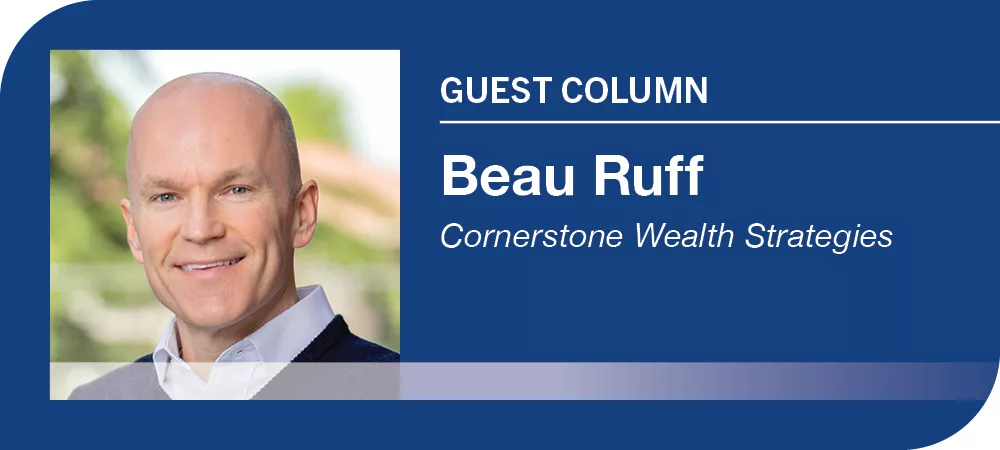
Home » Buying stocks or bonds to earn income? Here’s how that works
Buying stocks or bonds to earn income? Here’s how that works

July 15, 2021
One common concern for investors is seeking a reliable source of passive income.
Sometimes it is not immediately evident to those investors that an investment account can easily produce passive income.
Many investors who are new to investing in the broader stock market like to evaluate the investment alongside other investments for which they have a better understanding.
For example, an investor might own a rental property. The investor understands the assets (the rental property) and understands the income paid in the form of a monthly rental check.
This monthly income provides a reliable and regular paycheck that the investor can count on as income. That same investor sometimes grapples with “income” generated through the investment account.
Also, it’s worth discussing just how an investment account can generate “income.”
Let’s assume a client has a non-retirement investment account with $1 million in it and it is allocated 60% to stocks (in the form of equity mutual funds) and 40% to bonds (in the form of bond mutual funds). The “income” can come from three places.
Interest from bonds
First, bonds pay interest income on the money invested.
Individual bonds can pay interest annually, semiannually, quarterly or even monthly. When pooled together in a mutual fund, the mutual fund likely will pay the interest earned to the investor on a monthly basis. So, the first source of income is the interest on bonds.
Dividend payments
The second source of income is from dividend payments.
As a reminder, some of the companies which are owned in the mutual fund pay (typically) quarterly dividends to the owners of the stocks. Not all companies pay dividends and the amount paid varies from company to company. The portfolio also can be specifically developed to allow for greater dividend payments or less dividend payments (depending on the companies or the funds chosen).
These dividends are typically reinvested in your accumulation years but then paid to cash for spending in your retirement years.
Partial holdings sales
The third source of income is from partial sales of the holdings in the account.
This one is perhaps the least intuitive and requires the most explanation.
As an example, we will pick a company that doesn’t currently pay dividends. Let’s say that the investor owns 1,000 shares of ABC Company that has a current stock value of $100 per share for a total ownership value of $100,000.
Let’s also assume for purposes of this example that the company will follow, more or less, the long-term trajectory of the stock market and provide returns averaging 9% a year. Accordingly, after the first year, the 1,000 shares are worth $109,000 ($109 a share). To create income at year end, the investor could sell 40 shares of ABC Company.
This would result in the investor owning 960 shares of ABC Company valued at $104,640 and a resulting “income” to the investor of the value of the shares sold or $4,360. It’s notable that, even though the investor sold a portion of her holdings, the overall holdings are still valued at a level higher than when she started investing.
Of course, it isn’t wise to rely on one stock for income. But when the portfolio is appropriately diversified and includes many companies such as ABC Company, it can become a much more reliable source of “income.”
This third source of “income” can be structured so that the payments come to the investor on a monthly basis, just like rent would be delivered on the first of every month.
One common rule of thumb for an investment account is the 4% rule.
That is, if a person has a broadly diversified portfolio, he or she should be able to take out 4% of the value of the portfolio (combined interest, dividends and sales) every year: without the portfolio running out of money ever; and allowing for the portfolio to grow commensurate with the rate of inflation.
This rule of thumb is just that – an imprecise tool to assist in determining an answer. Sometimes, the current market environment may suggest another rule.
Once investors understand those three sources of income, they are usually more comfortable with the investment in stock and better able to compare the investment in the market to other investments like real estate.
Beau Ruff, a licensed attorney, is the director of planning at Cornerstone Wealth Strategies, a full-service independent investment management and financial planning firm in Kennewick.
Banking & Investments Wealth Management
KEYWORDS july 2021





